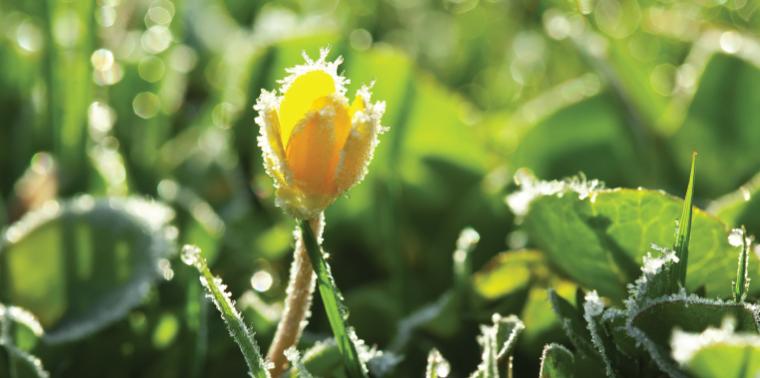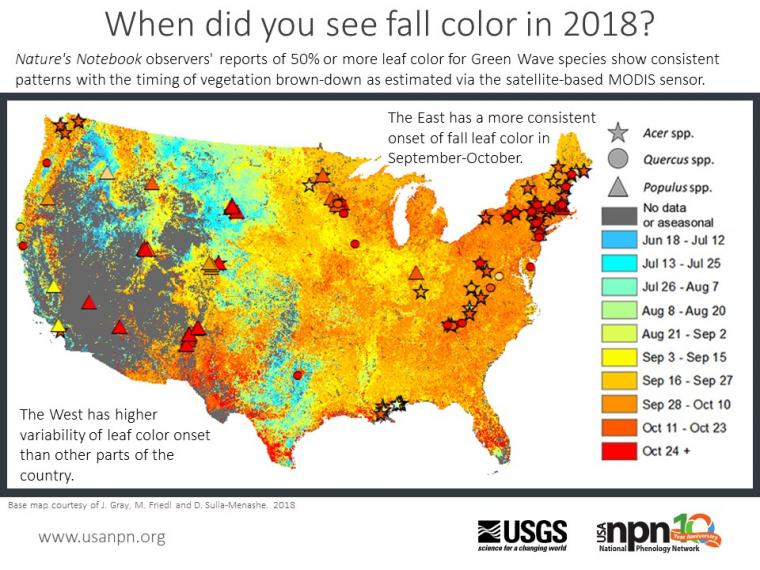


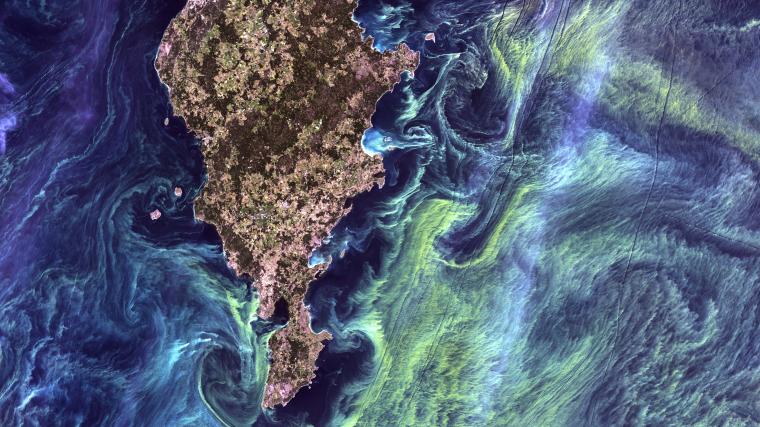
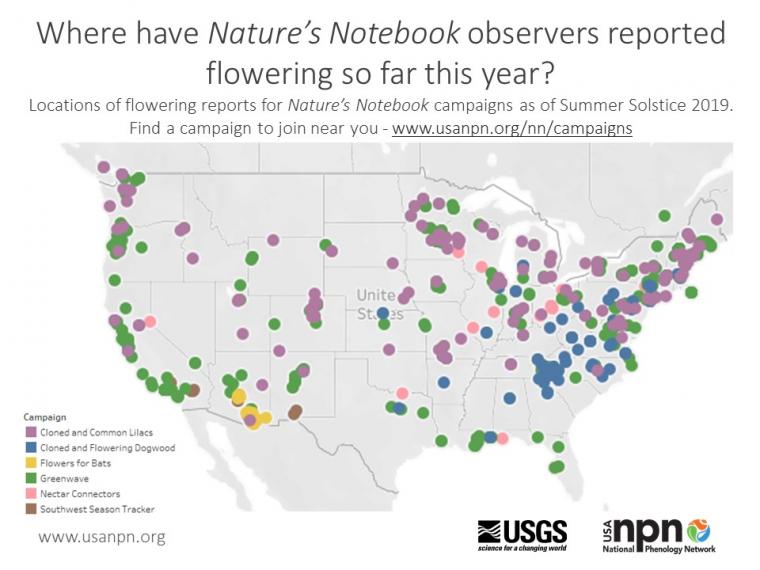
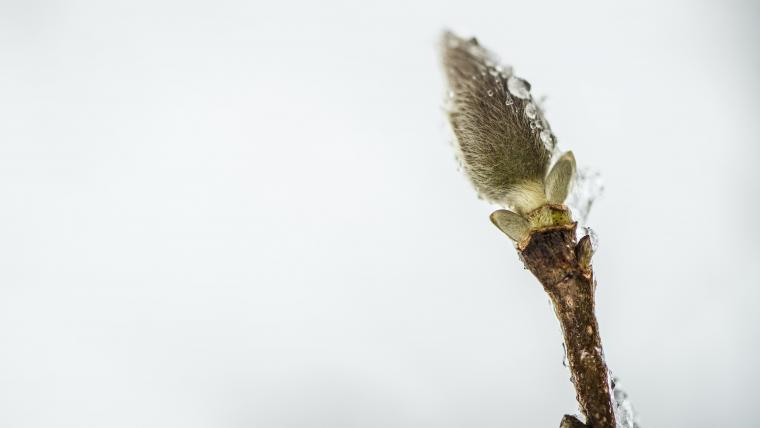
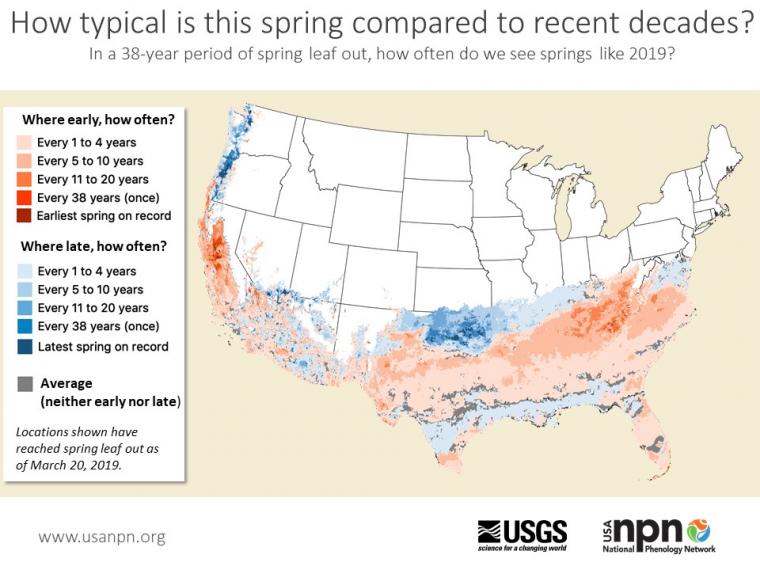
In places where spring has sprung, how how often have we seen a spring like this one? The USA-NPN's spring leaf out shines light on where leaf out of early season plants has occurred across the country. In the map, darker colors represent springs that are unusually early or late in the long-term record. Gray indicates an average spring.
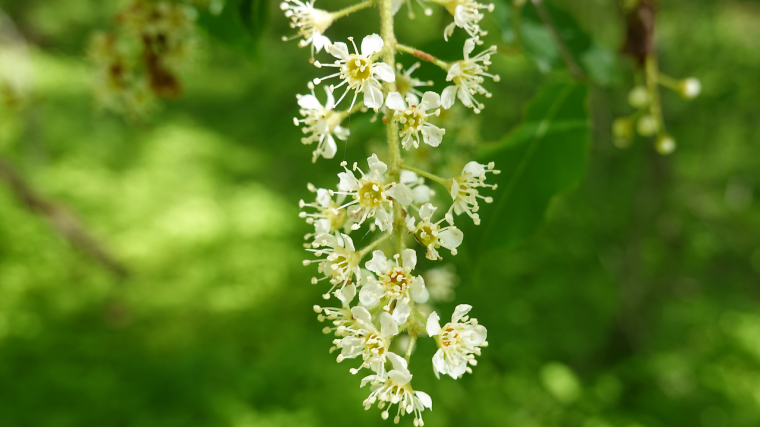
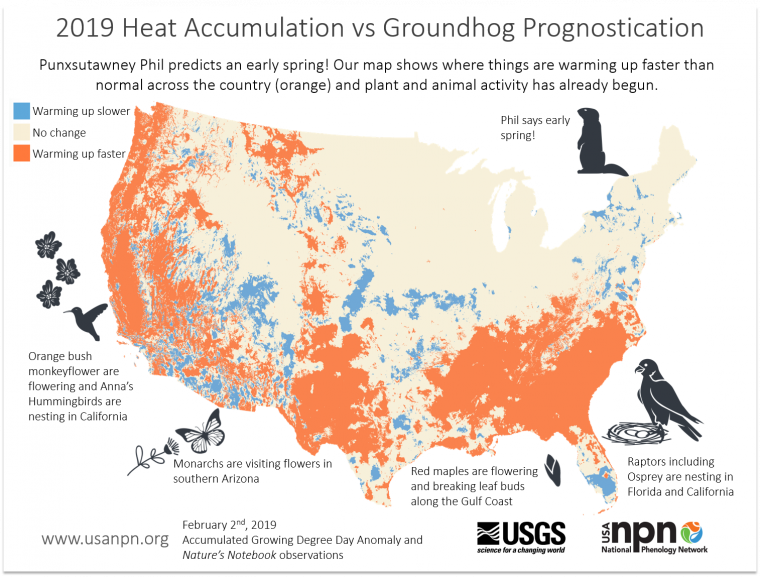
Punxsutawney Phil predicts an early spring this year. Our map of accumulated growing degree days shows he may be right, for parts of the country anyway. See what Nature's Notebook observers are already reporting on plants and animals across the country.

